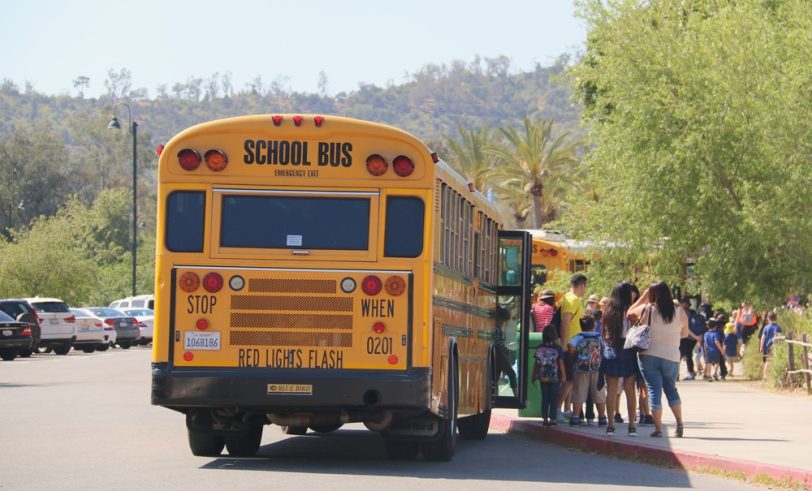Make no mistake—enrollment in public education in Missouri is shrinking. Last year, we had about 863,000 students, down three percent from a high of 895,000 students in 2007. The National Center for Education Statistics projects that we will drop another seven percent by 2031, potentially falling below 800,000 students for the first time since the 1990s.
Sure, enrollment in many of our already small rural districts has declined so much that it raises the question of how the districts can continue to exist. But that’s not the whole story. Some of the “best” districts in St. Louis County have been experiencing steady enrollment declines. In 2017–18, the Clayton School District had almost 2,800 students. Last year, it had fewer than 2,400. A loss of four hundred students in a district of that size is significant. Similarly, Parkway C-2 has lost 1,000 students in the past few years, going from nearly 18,000 students in 2018–19 to fewer than 17,000. Rockwood, which had nearly 23,000 students a decade ago, now has just under 21,000, having lost 1,900 students from its high-water mark.
In fact, every district other than Ladue and Lindbergh has seen enrollment losses since 2010. But their gains of approximately 2,300 students don’t come close to offsetting the countywide loss of over 11,000. St. Louis County’s neighbor, St. Charles County, shows similar trends. The biggest districts are down by thousands of students.
So what does this mean? Even with no boundary changes, we will have excess capacity and too many teachers in most districts unless we make the region and the state more attractive to families. Districts can no longer rest on their laurels and assume their classrooms will be filled. Programs that allow parents to choose a school for each of their children and that allow districts to specialize in what they offer should be welcomed. Those hard district lines meant to keep students out may need to become more porous.
Public education in Missouri is no longer a system of more—more students, more teachers, more school buildings, more money. It’s a shrinking system, and that will bring difficult decisions. It’s time to start thinking about how we can design a smarter system to better serve our region.


.jpg)
